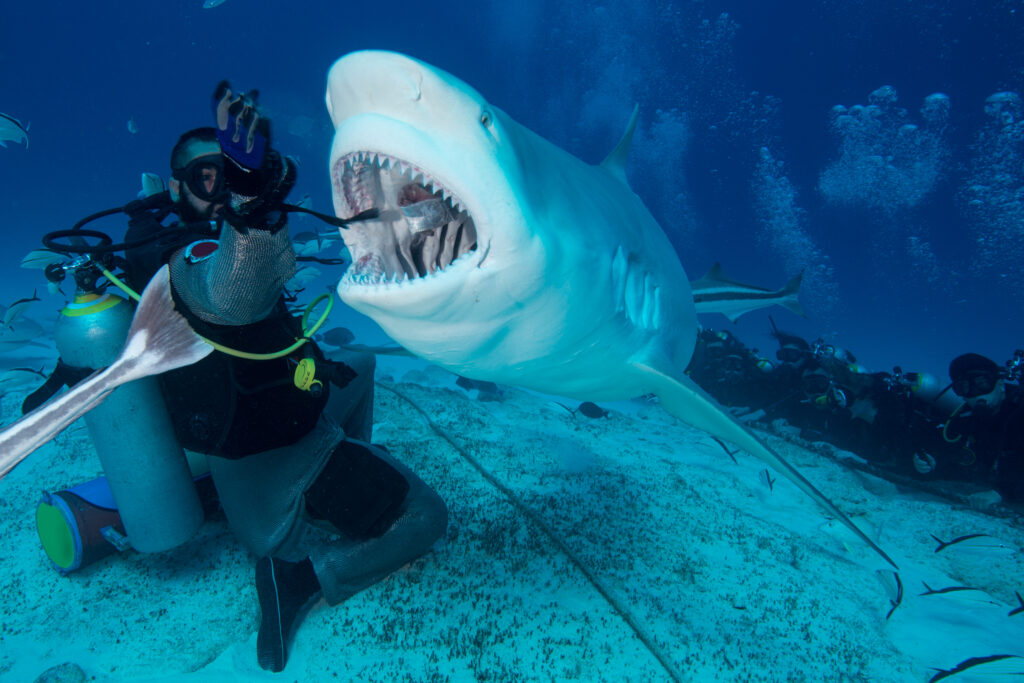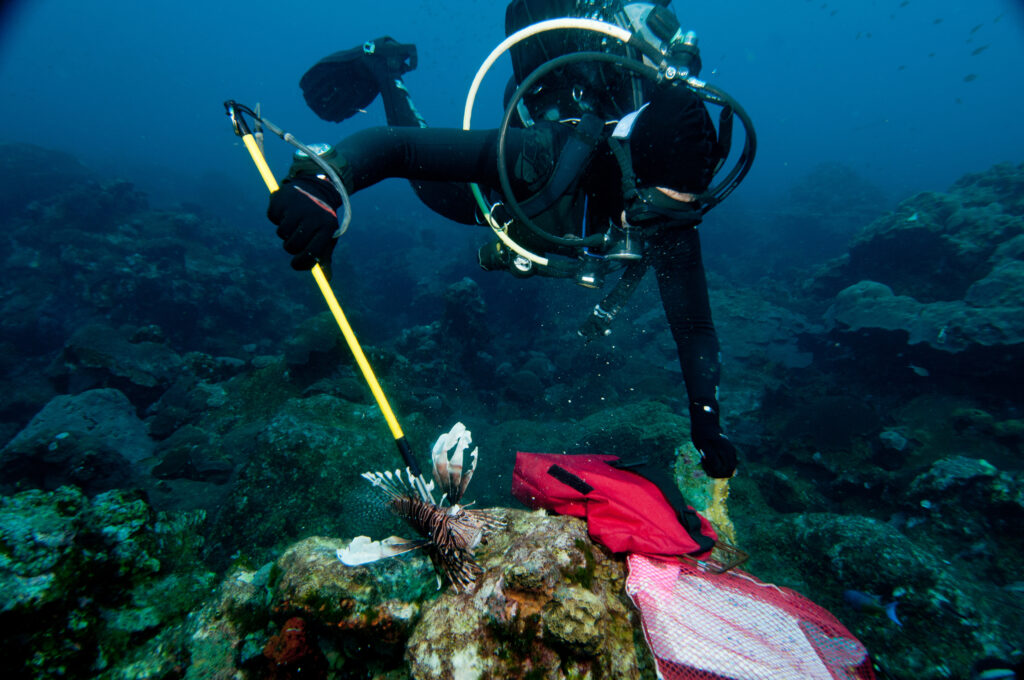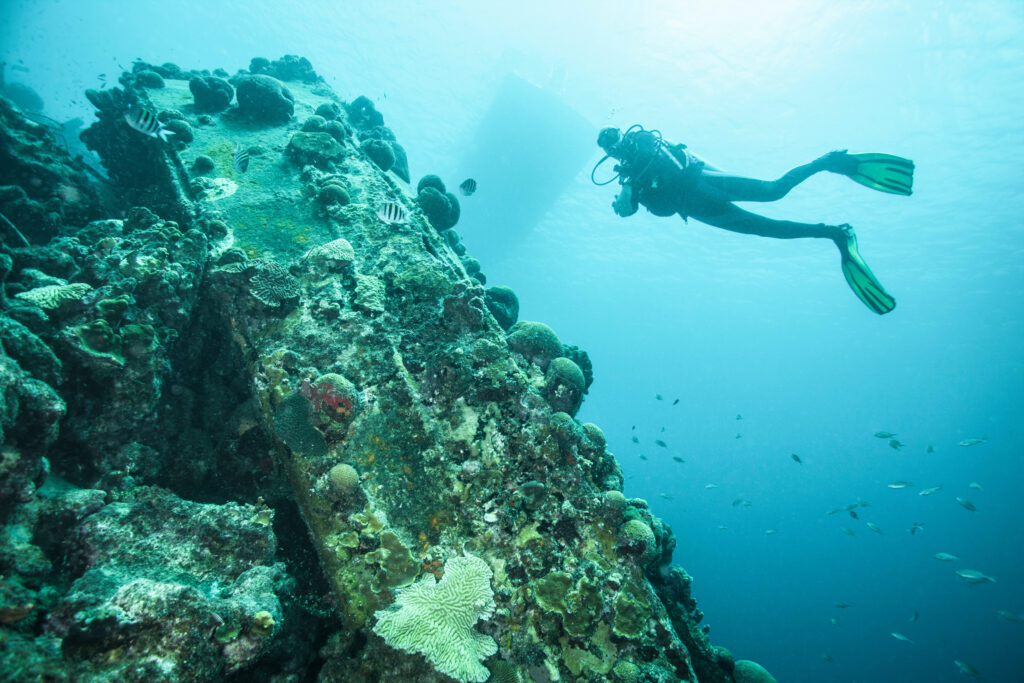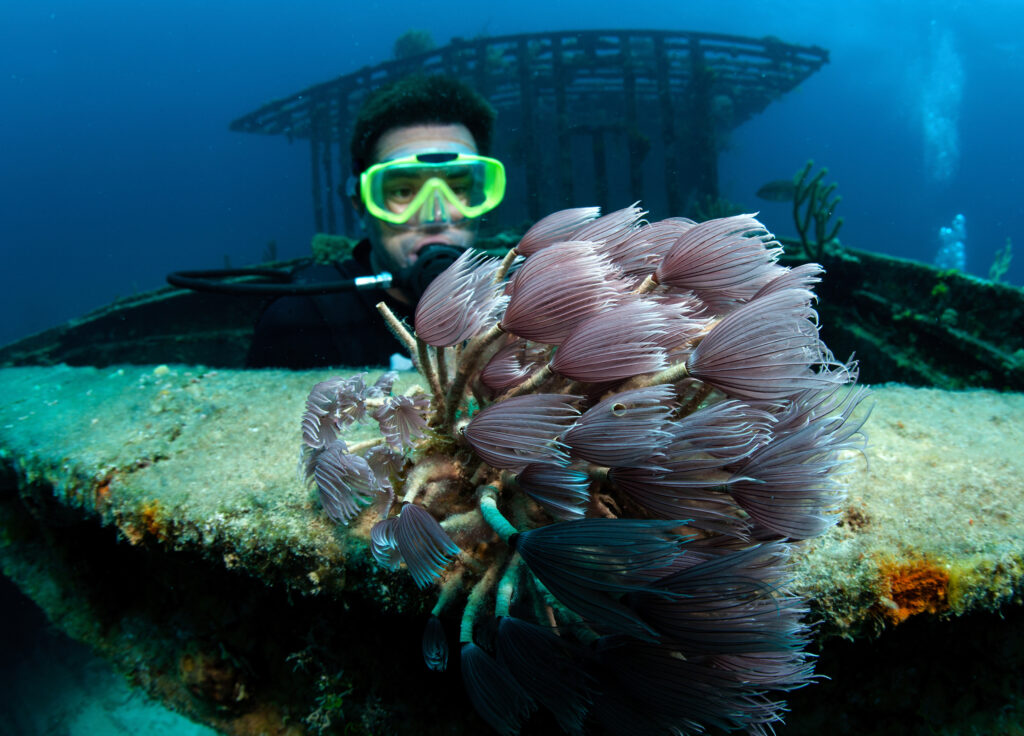What is a Dive Operator?

A dive operator is a professional entity responsible for organizing and facilitating scuba diving activities for individuals and groups. Dive operators play a crucial role in ensuring safe, enjoyable, and educational experiences for both novice and experienced divers. They provide a wide range of services, including equipment rental, guided dives, training courses, and logistical support for dive trips. As central figures in the scuba diving industry, dive operators are essential for maintaining high standards of safety and environmental stewardship. Their expertise and resources enable divers to access and enjoy underwater environments that might otherwise be difficult to reach or navigate.
What is a Gas Embolism?

A gas embolism is a serious medical condition that can occur when gas bubbles enter the bloodstream and obstruct blood vessels. This condition is particularly relevant to scuba divers due to the unique pressures and environments encountered underwater. When a diver ascends too quickly or experiences equipment failure, gas bubbles can form within the blood vessels, leading to potentially life-threatening complications. Understanding gas embolism within the context of scuba diving involves recognizing how these gas bubbles form, their impact on the body, and the measures necessary to prevent and treat this condition.
What is an Octopus Regulator?

The octopus regulator is an essential piece of scuba diving equipment, designed to provide an alternative air source in the event of an emergency. This spare demand valve is connected to the first stage of a diving regulator, ensuring that divers can continue to breathe even if their primary regulator fails.
What is Entry when Scuba Diving?

Entry techniques in scuba diving are critical for ensuring diver safety and environmental preservation. Proper entry methods allow divers to enter the water with minimal risk of injury and help protect marine environments from damage. Understanding and mastering various entry techniques is essential for divers of all skill levels, as it impacts both the initial moments of the dive and the overall diving experience.
What is Octopus Breathing?

Octopus breathing is a critical concept in scuba diving that refers to the use of a secondary breathing apparatus, known as an “octopus,” which allows divers to share air in emergency situations. This technique is an integral part of dive safety protocols, providing a reliable method for a diver to offer their breathing gas to a buddy who may have run out of air or encountered a malfunction with their primary regulator. The octopus system is designed to be easily accessible, typically color-coded, and positioned within reach to ensure quick deployment when needed.
What function does Helium have in Scuba Diving?

Helium, a chemically inert and second lightest element in the universe, plays a significant role in the world of scuba diving, particularly in deep diving. Its unique properties provide divers with a safer breathing gas mixture that reduces the risk of nitrogen narcosis and decompression sickness. This entry explores the history, benefits, and applications of helium in scuba diving.
What is Hydreliox?

What is Hydreliox? Hydreliox is a specialized breathing gas mixture composed of hydrogen, helium, and oxygen. It is primarily used in the field of deep-sea diving to enable divers to reach extreme depths that would otherwise be unmanageable with conventional air or other gas mixtures. Hydreliox has become crucial in extending the operational limits of […]
What is Hypoventilation?

Hypoventilation, a crucial concept in scuba diving, refers to a reduced rate or depth of breathing that results in inadequate ventilation and increased levels of carbon dioxide (CO2) in the blood. Understanding hypoventilation is essential for scuba divers, as it directly impacts their safety and overall diving experience. In the underwater environment, where divers are subject to various physical and physiological stressors, maintaining proper breathing patterns is vital to avoid complications such as hypercapnia and its associated risks. This entry will delve into the physiology of breathing underwater, the mechanisms and causes of hypoventilation, its effects on divers, and best practices for prevention and management.
What is a K Valve?

The K valve is an essential component in scuba diving equipment, playing a critical role in ensuring the safe and efficient delivery of air from the scuba tank to the diver. This valve, typically found atop scuba tanks, allows divers to control the flow of air with precision. Its design and functionality have made it a popular choice among divers for decades. Understanding the K valve is crucial for anyone involved in scuba diving, as it impacts both safety and the overall diving experience.
What is a DIN Valve?

A DIN valve is a type of valve used in scuba diving equipment, specifically for connecting a scuba tank to a regulator. The term “DIN” stands for “Deutsches Institut für Normung,” which translates to the German Institute for Standardization. This institute is responsible for developing and maintaining the standards that define the specifications for these valves. DIN valves are known for their robust design and reliable performance, making them a popular choice among divers, particularly in Europe and in technical diving communities.
